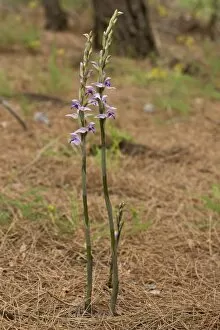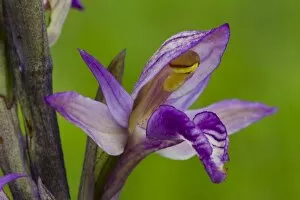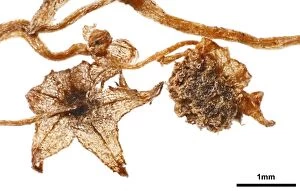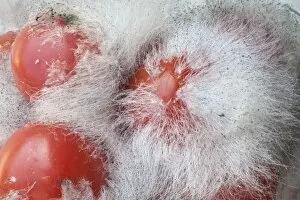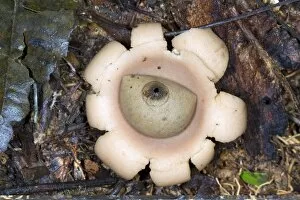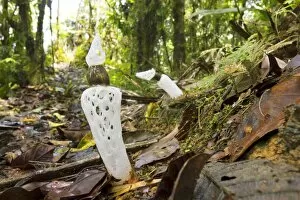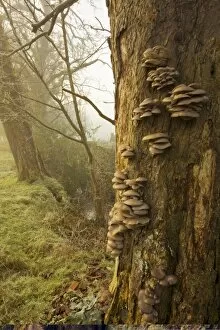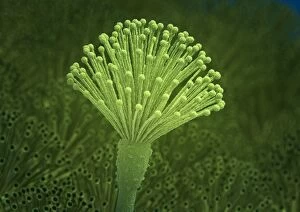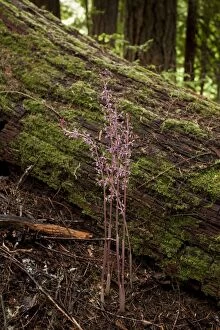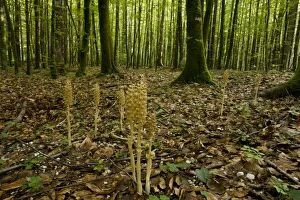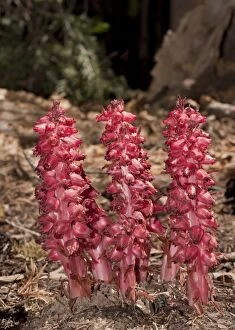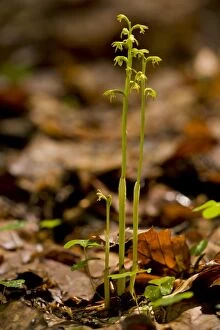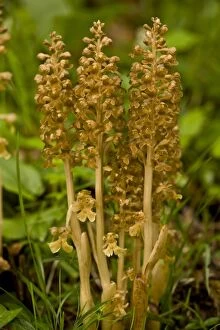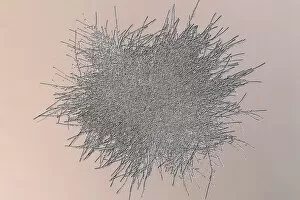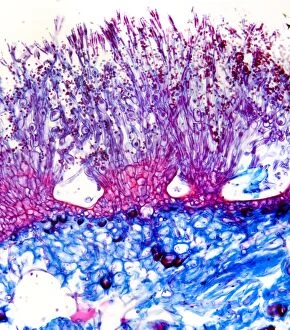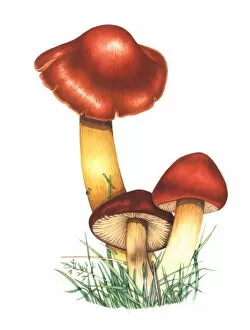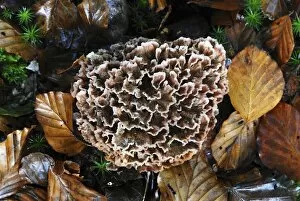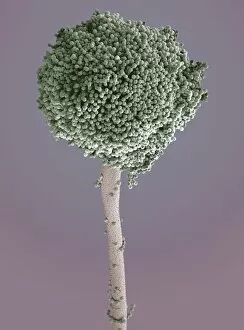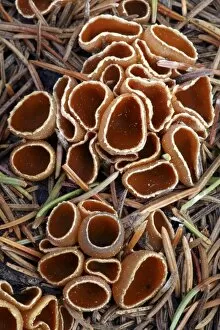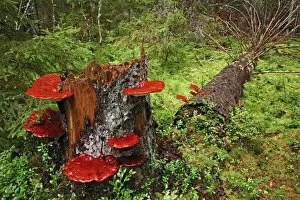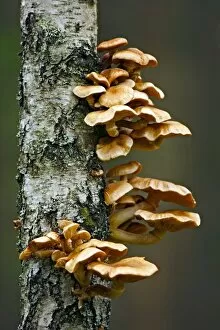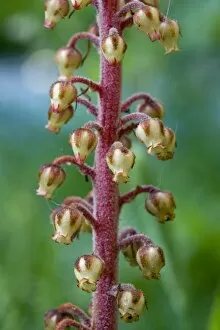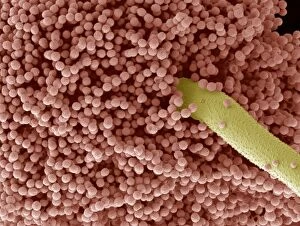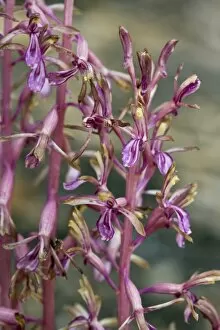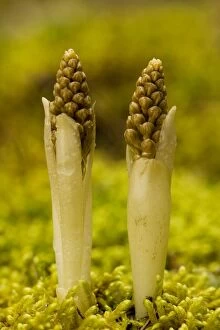Saprophyte Collection
"Saprophyte: Nature's Silent Recyclers" In the enchanting mossy woodlands of France
All Professionally Made to Order for Quick Shipping
"Saprophyte: Nature's Silent Recyclers" In the enchanting mossy woodlands of France, the Birds Nest Orchid (Neottia nidus-avis) proudly displays its delicate flowers in May. This saprophytic wonder thrives on decaying organic matter, gracefully contributing to nature's cycle of renewal. Across pine woodlands in Chios, Greece, the Violet Limodore (Limodorum abortivum) emerges with vibrant blooms in April. As a saprophyte nestled among towering pines, it silently transforms fallen debris into nourishment for other living organisms. In Norfolk, England, during July, the Birds Nest Orchid reveals its fascinating transformation from flower to seed. Its flowerspike stands tall amidst lush greenery as this remarkable saprophyte continues its vital role in maintaining ecological balance. A close-up glimpse of the Violet Limodore captivates our senses on Causse de Gramat in Massif Central, Lot, France. In May, this resilient saprophyte showcases intricate petals that thrive within shady woodland habitats. Amongst leaf litter and deciduous woodlands near Holt lies another thriving community of Birds Nest Orchids. Their presence reminds us of how these humble saprophytes contribute to forest ecosystems by recycling nutrients from decomposing leaves. On an autumn day atop a wooden stump stands the Banded Polypore (Trametes versicolor), a common polypore fungus and exemplary saprophyte. Through decomposition and nutrient cycling processes, it plays an essential role in sustaining forest health. Woodland wonders continue their journey through Buckinghamshire and Oxfordshire in England. The majestic Birds Nest Orchid graces these landscapes with elegant flowerspikes growing amidst leaf litter or under shaded canopies — true champions of sustainability. Deep within Bavaria's shade-drenched woodlands resides the Ghost Orchid (Epipogium aphyllum).



